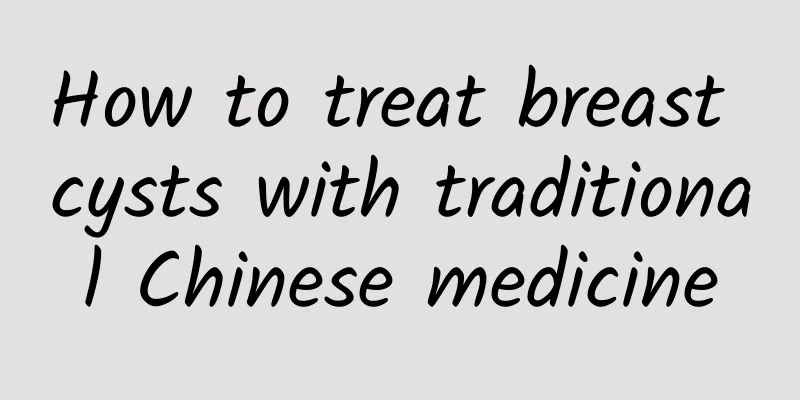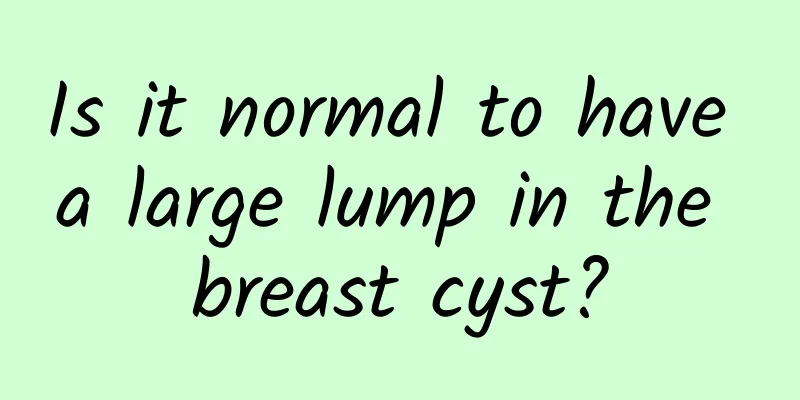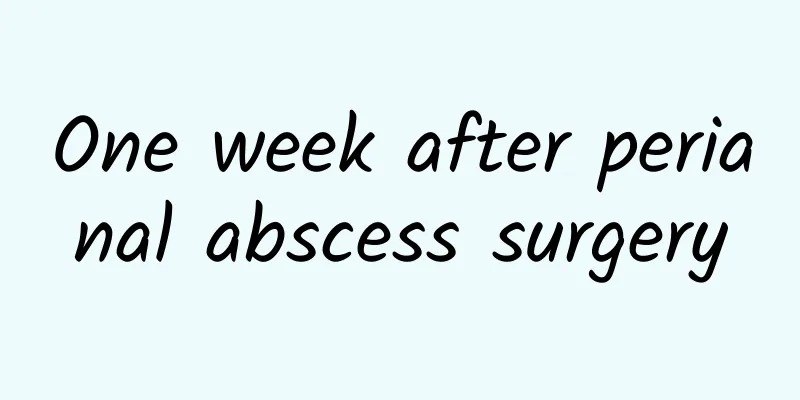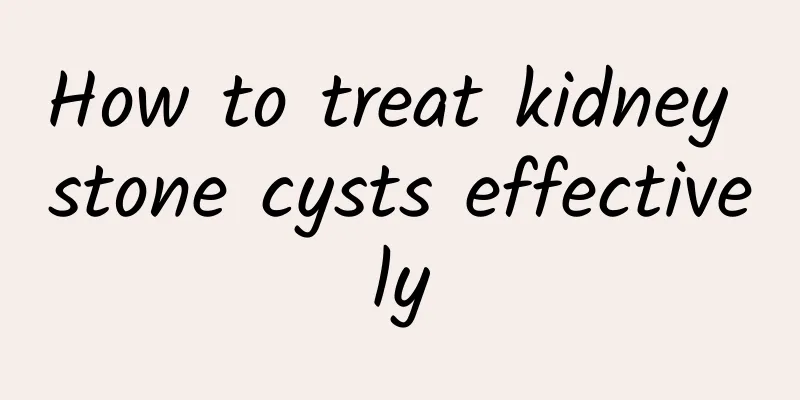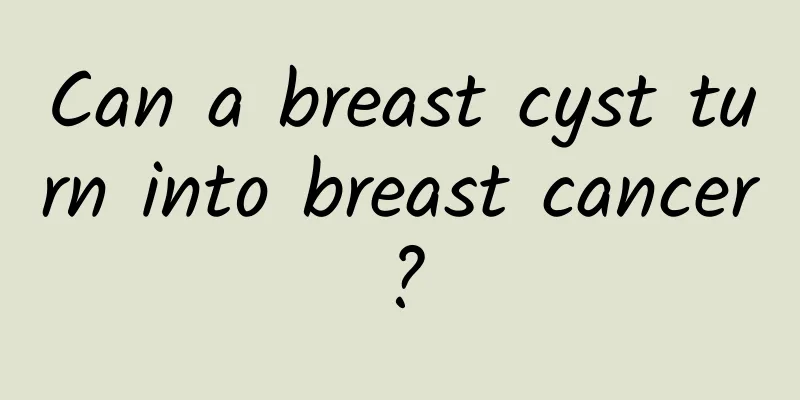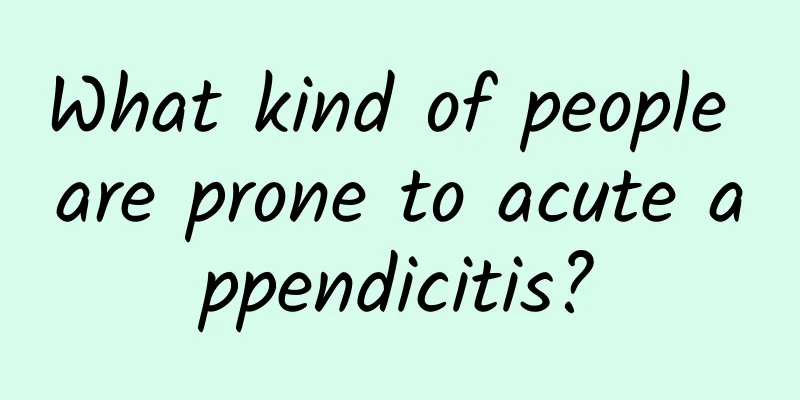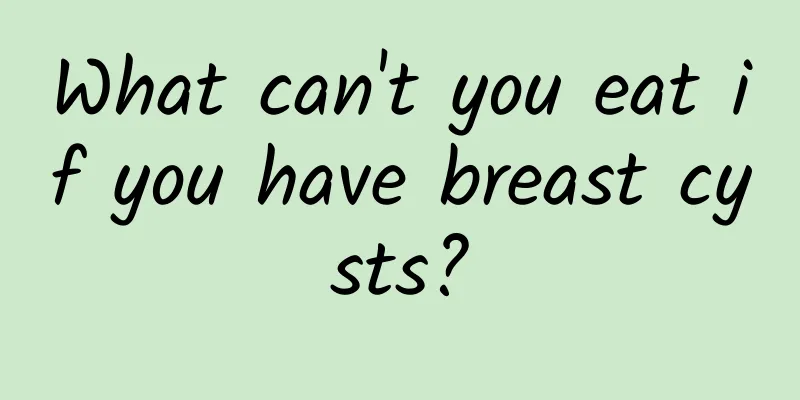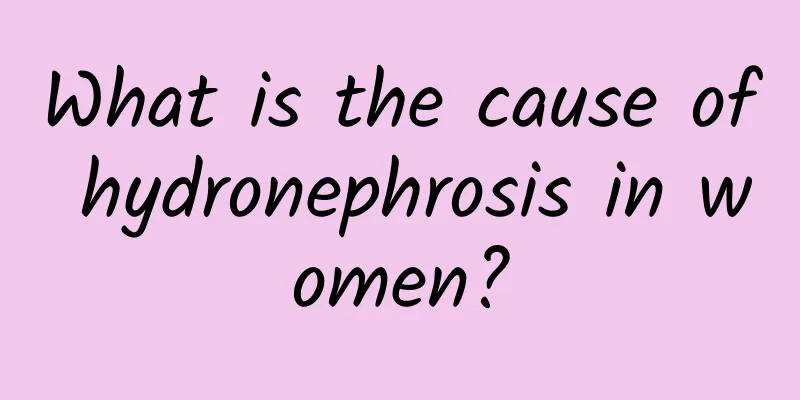What harm does gallstones cause?
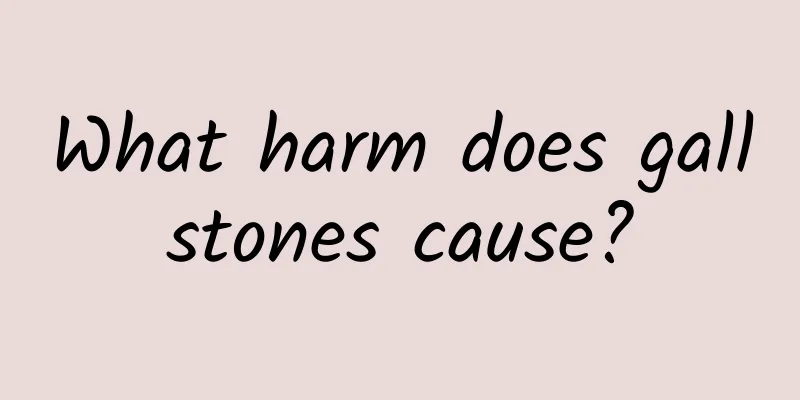
|
Gallstones may cause a variety of hazards, including biliary colic, acute cholecystitis, bile duct obstruction, biliary pancreatitis, and in severe cases may even lead to complications such as liver damage or gallbladder cancer. Gallstones are not only a physical discomfort, but also a threat to life and health, and need to be taken seriously and treated in a timely manner. Depending on the condition, you can choose drug dissolution, extracorporeal shock wave lithotripsy or surgical treatment, while adjusting your diet and lifestyle to reduce the risk of recurrence. 1. The hazards that gallstones may cause 1.1 Biliary colic Gallstones can easily cause biliary colic, especially when the stones block the cystic duct or common bile duct, which can cause bile flow obstruction. Patients often experience severe pain in the right upper abdomen or middle upper abdomen, which may radiate to the right shoulder and back. The pain usually worsens after eating greasy food and needs to be relieved in time to prevent the condition from worsening. Treatment method: Use anti-inflammatory pain relievers (such as ibuprofen) to relieve pain; If the pain recurs frequently, cholecystectomy may be recommended. 1.2 Acute cholecystitis When gallstones cause bile stasis in the gallbladder and secondary infection, it can lead to acute cholecystitis, which is manifested by fever, persistent pain in the right upper abdomen, nausea, vomiting, etc. Acute cholecystitis may lead to gallbladder perforation or peritonitis if not treated in time. Treatment method: Mild cases: intravenous infusion and broad-spectrum antibiotics; Severe cases: Laparoscopic cholecystectomy is currently the preferred option, with high safety and quick recovery. 1.3 Biliary obstruction and jaundice Larger gallstones may slide into the common bile duct, causing bile duct obstruction. The patient will experience symptoms such as jaundice (yellowing of the skin and sclera), darker urine, and indigestion. In severe cases, cholangitis may occur. Treatment method: Endoscopic retrograde cholangiopancreatography (ERCP) combined with lithotomy to remove stones; Surgery may be considered for patients with severe obstruction or recurrent stones. 1.4 Biliary pancreatitis When gallstones block the end of the common bile duct and affect the discharge of pancreatic juice, it may induce biliary pancreatitis. This complication is highly dangerous and often manifests as increased abdominal pain, fever, vomiting, and even shock. Treatment method: Hospitalization: including fasting, intravenous nutritional support, antibiotics, etc.; Severe cases require surgery to treat bile duct stones and drain pancreatic secretions. 1.5 Liver damage and gallbladder cancer Long-term gallstones may lead to chronic inflammation of the hepatobiliary ducts, causing liver damage and even cirrhosis. Repeated inflammatory stimulation may increase the risk of gallbladder cancer. Although the incidence of gallbladder cancer is low, it is highly hidden and is often diagnosed in the late stage. Treatment method: Regular follow-up to monitor gallbladder condition; For high-risk groups (those with a long history of gallstones or thickened gallbladder walls), early gallbladder removal is recommended to reduce the risk of cancer. 2. How to prevent gallstones and their hazards Prevention of gallstones and its complications requires starting with daily diet and lifestyle habits, while paying attention to physical examination monitoring. Dietary recommendations: 1. Low-fat diet: avoid excessive greasy food and increase dietary fiber intake, such as fresh vegetables, fruits, and whole grains. 2. Regular diet: Do not overeat. Eating at regular times and in regular amounts helps normal bile secretion and avoids bile stasis. Lifestyle Adjustments: 1. Moderate exercise: 3-5 times of moderate-intensity exercise per week can improve metabolism and reduce the risk of cholesterol crystal deposition. 2. Weight management: Control your weight, but avoid rapid weight loss, as rapid weight loss increases the risk of gallstones. Regular medical check-ups: People with a history of gallstones or high-risk factors are recommended to undergo annual ultrasound examinations to detect stones and their possible complications early. Kind tips The harm of gallstones cannot be ignored, especially when the symptoms are obvious or accompanied by complications, you need to seek medical treatment immediately. Even for those with mild symptoms or no symptoms, you should not take it lightly, and you should avoid worsening of the disease by improving your lifestyle and regular follow-up. The key to a healthy life lies in daily prevention and timely attention to body signals. If you have related symptoms, please consult a professional doctor as soon as possible to avoid irreversible damage to your body caused by delayed treatment. |
<<: Dietary guidance after perianal abscess surgery
>>: What are the prevention and treatment methods for gallstones
Recommend
Can I eat sweet potatoes if I have breast cysts?
Patients with breast cysts can usually eat sweet ...
How to treat mitral stenosis
Mitral stenosis is a heart valve disease that pri...
Top 10 Avoid Fruits for Breast Cysts
Patients with breast cysts should avoid eating ce...
How to care for patients with gallstones
The diet for patients with gallstones should be b...
Do I need surgery for a bone spur on my finger?
Whether bone spurs on fingers require surgery dep...
There is a dull pain in the armpit
If there is dull pain in the accessory breast und...
What are the causes of gallstones?
The formation of gallstones may be related to mul...
What to do if you can't find the cause of recurrent intestinal obstruction
When intestinal obstruction recurs and the cause ...
Can lower limb venous thrombosis cause ankle swelling?
Lower extremity venous thrombosis may indeed caus...
Can I take American ginseng or other supplements if I have breast cysts?
Patients with breast cysts should be cautious abo...
What causes breast cysts?
The formation of breast cysts is mainly related t...
Rheumatoid arthritis severity
The severity of rheumatoid arthritis can be divid...
What are the symptoms of baby cystitis
The main symptoms of cystitis in babies include f...
Symptoms of chronic appendicitis in children
The symptoms of chronic appendicitis in children ...
Consequences of untreated gallstones
If gallstones are not treated for a long time, th...
